The spice trade: A Bangladeshi perspective
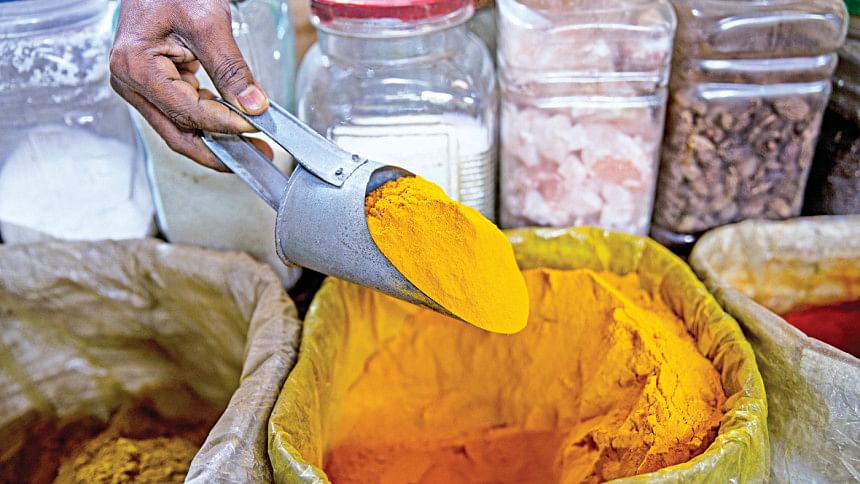
Many argue that it was the beginning of the spice trade that paved the way for modern trade and economy. Spices have been part of human history for thousands of years; as early as our hunter-gatherer days when it was accidentally discovered that certain compounds enhance the taste of meat. Since then, spices have been used widely for culinary as well as medicinal purposes.
There remains a huge demand for spice worldwide and to keep up with that demand, the trade emerged in the Indian subcontinent as early as 2,000 BCE with the trading of cinnamon and black pepper. Currently, in Bangladesh, spices boast a robust market worth approximately Tk 5,000 crore with a 2-3 per cent annual growth.
The trader's view
Like any other business, the spice market has its peak season when the business blooms. In Bangladesh, it's the season of the two Eids, for obvious reasons. The market warms up before Ramadan and it stays buzzing until Eid-ul-Azha has passed.
The biggest spice wholesale market in the country is in Khatunganj, Chattogram. From this market, traders from all across the country collect their share of spices. Many businessmen have been part of this market for generations.
"I finished my MBA in 2014 and took over the family business. But before me, my father had been in this business for 52 years," said one Riazuddin, who has been managing part of the family business which goes by the name of 'Media Banijyalay.'
Riazuddin has also started an online business by the name of 'Masala Bazar, Khatunganj' in which he plays the role of the CEO.
"Because of its very nature, online business isn't popular or is not even an option for wholesalers. Very frequently, we have transactions of Tk 50 lakhs or even Tk 1 crore a day, so you can imagine why this business is mostly done directly. But for those traders who are our regular customers, it's a different story. Sometimes, a phone call is enough", explained the young trader.
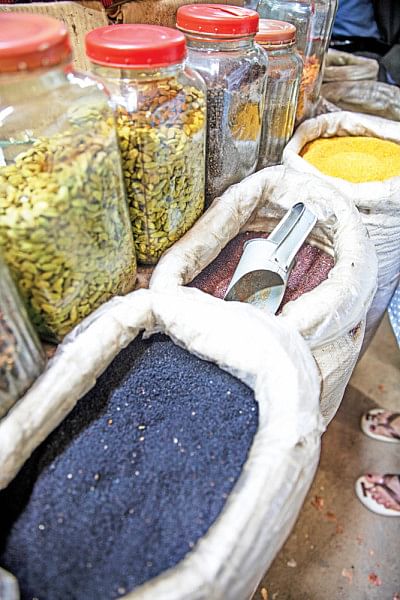
Whether you need the common spices like cumin, ginger, cardamoms, garlic, cloves, and bay leaf, or the rare ones like saffron, asafoetida, amchoor, long pepper, and black cardamom — you can find it all at Khatunganj.
"I haven't counted how many types of spices we deal with. Anything you want, we can supply. Mostly other wholesalers from across the country collect from us. But smaller businesses also reach out and we supply as they ask. We have no issue with packaging.
We just load it on the transport and the traders take it away," said Riazuddin, explaining the nature of the business.
"We buy from importers. The importers will ask us about the market and what we need and we tell them about the market demand. Based on that, the importers provide," he added.
Md Sohel Miah is another spice trader who is from Dhaka, Shyambazar.
Shyambazar and Karwan Bazars are the two hotspots for wholesale spices, but Shyambazar is definitely the biggest one in Dhaka. Standing just on the bank of Buriganga, this market is as colourful as one would expect from any spice market.
"I import directly from India. Within the country, I collect my goods from Panchagarh, Faridpur, Shariatpur, and Chattogram," he said, pointing out that even though the business is good, it has become quite challenging lately due to the dollar crisis.
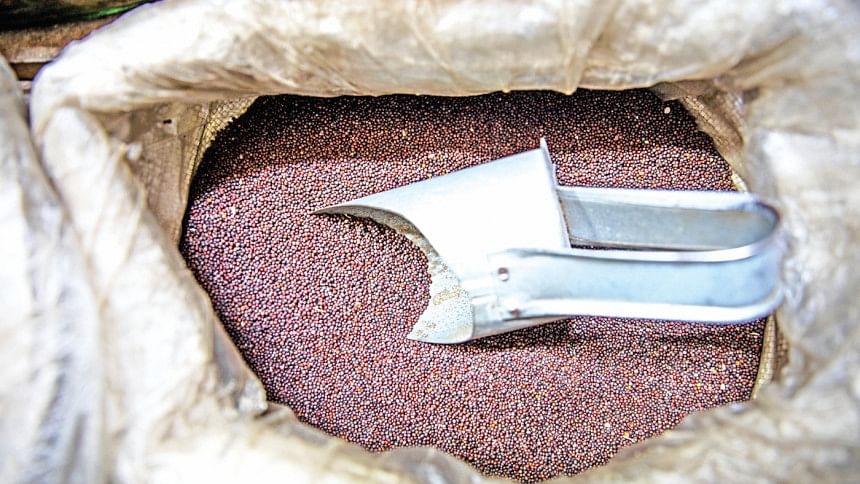
The export-import story
Bangladesh continues to maintain a soaring demand for spices but local production is insufficient. As a result, Bangladesh imports spices regularly. In 2022, 54 different types of spices had to be imported. About 50,000 tonnes of spices are imported on the occasion of Eid-ul-Azha every year. Bangladesh imports all the spices save coriander.
"I used to import directly myself but I haven't been able to do that lately. With the dollar crisis, it's difficult to secure LCs. Only the big corporations have been able to import lately," said Md Sohel Miah, pointing out that this is one of the reasons why the spice market is becoming expensive.
"We do not have any direct competition with packaged spices so that is not an issue. But the matter remains of supply and demand. If I cannot get LC then I cannot import. Like me, many traders have not been able to import. As a result, the supply is less than what it usually is. Which in turn pushes up the price," explained Miah.
Riazuddin reiterated the point made by Miah — "Of course, there is the issue of the dollar crisis. There is also the issue of supply in the international market which is not always consistent. Sometimes certain products are in lesser supply for many reasons. Bad production, war, and whatnot. When that happens, the price goes up and with the dollar crisis in our country, we can't always maintain the supply."
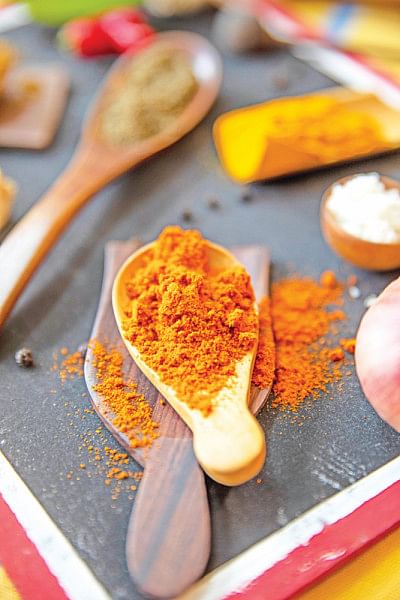
The packaged spice industry
The spice market is not just confined to raw spices anymore. With huge demand, more and more food companies are getting interested in the powdered and packaged spice market. The local powdered spice market has a demand of about 32,000 metric tonnes per annum. Interestingly, even though the demand for packaged spices keeps growing at a rate of about 10-15 per cent every year, the market demand for traditional spices continues to remain significant.
Aside from the high demand for packaged spice inside the country, the product is being exported as well. While in the financial year 2011-2012, only $13.6 million worth of spices were exported, that number has more than tripled in a decade.
ACI Pure, Acme, BD, Bashundhara, Fresh, PRAN, and Square are the established powdered spice brands in the market.
There are some varieties of products and categories in the spice market but the most common are the powdered spices in the form of turmeric, chilli, cumin, coriander, beef masala and chicken masala, phuchka-chatpati spices, biryani masala, and even halim mixes. The powdered spice industry is growing popular because they have made cooking easier and they have almost replaced the mortar and pestle.
Aside from the attractive packaging, the spices come ready to be used directly and the producers claim that it's produced with a certain standard.
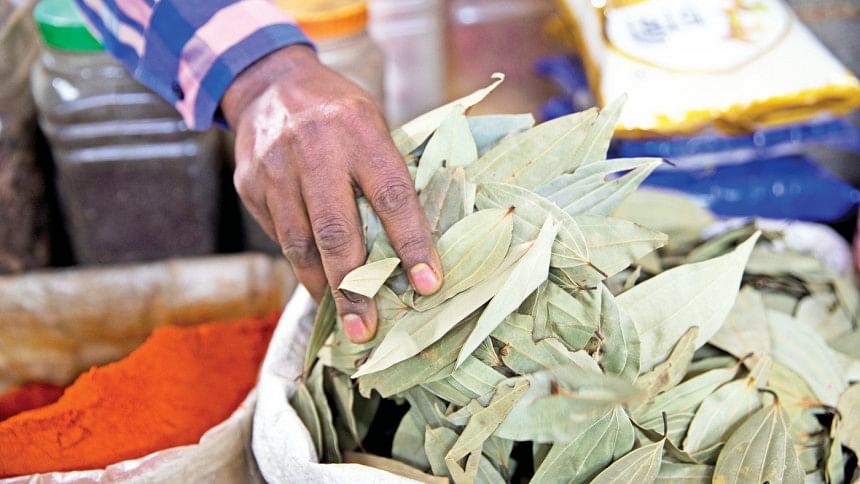
"PRAN collects raw materials of powdered spice from its contractual farmers. We have one lakh contractual farmers who are cultivating crops for PRAN. Among them, around 10 thousand contractual farmers are dedicated to producing spice's raw material," said Kamruzzaman Kamal, Marketing Director of PRAN-RFL Group.
"We are the largest exporter of powdered spice from Bangladesh. PRAN boasts about 70 per cent of the spice exported from Bangladesh in different countries, especially in Saudi Arab, UAE, Malaysia, Oman, Qatar, UK, France. etc.," he added, pointing out that the seasons have a heavy impact on spice market due to the production of crops.
There is a crisis of raw materials throughout the year, especially in the rainy season which is why raw materials of mixed spices are basically import based.
"PRAN is producing spices under five categories and we are still trying to introduce new items in the category of mixed spice and others. Some recipes are very popular in India, Pakistan, the Arab nations, and other countries. But those are not available in Bangladesh. We make the spices for those popular recipes and offer them to our local consumers as well as export them", Kamal added.
He also observed that even today, the majority of Bangladeshis are using spices from the open market which means that the opportunities in the spice trade are very promising.
The spice market is dramatic, profitable, and certainly an indicator of the overall trade of the country. In medieval times, spices dominated the majority of the trades. One of the main reasons why the Indian subcontinent was so appealing to colonisers was because of the abundance of spices in this region. Times have changed but the spice market has remained equally appealing to traders. Reality may be different but one can hope that our dependency on imported spices is lessened, and we end up exporting more one day.
Photo: Sazzad Ibne Sayed

 For all latest news, follow The Daily Star's Google News channel.
For all latest news, follow The Daily Star's Google News channel. 


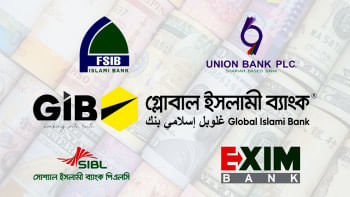
Comments